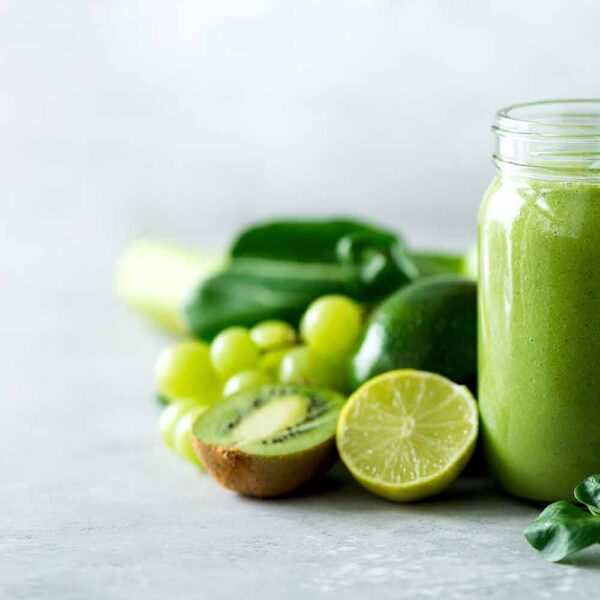Probiotic and Prebiotic?
Trusting Your Gut
In human intestines, there are many strains of two main species of friendly bacteria, Lactobacillus and Bifidobacterium. Probiotics and Prebiotics both help those friendly bacteria, but in different ways:
What is the Difference between Probiotic and Prebiotic?
The lining of our gut is covered in microscopic bacteria. Collectively, these organisms create a micro-ecosystem known as the microbiome. The microbiome plays an oversized role in our health.
Therefore, what you feed your microbiome is what has the biggest impact on its health. And the healthier it is, the healthier you are.
The key to a healthy microbiome is nourishing a balance among the bacteria.
In order to do so, you can:
- Use Prebiotics to help the microbes already inhabiting your gut by giving them foods they like, and
- Use Probiotics to add living microbes directly to your system.
Prebiotics are specialized plant fibers. They act like fertilizers that stimulate the growth of healthy bacteria in the gut.
Prebiotics are found in many fruits and vegetables, especially those that contain complex carbohydrates, such as fiber and resistant starch. These carbs aren’t digestible by your body, so they pass through the digestive system to become food for the bacteria and other microbes.
Whereas Probiotics are different in that they contain live organisms, usually specific strains of bacteria that directly add to the population of healthy microbes in your gut.
Microbiota-loving foods such as:
- Fiber-rich foods: Fruits, vegetables and whole grains
- Potatoes
- Bananas
- Artichokes
Are recommended to consume in conjunction with a prebiotic supplement.
And fermented foods such as:
- Yoghurt
- Kombucha
- Tempeh
- Sauerkraut
Contain live microbes just as a probiotic supplement does.
So which should you take? Take both!
Lyte M, et al. Resistant starch alters the microbiota-gut brain axis: Implications for dietary modulation of behavior. PLOS One. 2016;11:1., Quigley EM. Basic definitions and concepts: Organization of the gut microbiome. Gastroenterology Clinics of North America. 2017;9:2., Salonen A, et al. Impact of diet and individual variation on intestinal microbiota composition and fermentation products in obese men. ISME Journal. 2014;8:2218., Yatsunenko T, et al. Human gut microbiome viewed across age and geography. Nature. 2012;486:222., Rountree R. The human microbiome — Humans as super-organisms. Alternative and Complementary Therapies. 2011;17:70., Lynch SV, et al. Targeting gut flora to treat and prevent disease. The Journal of Family Practice. 2016;65:2369 (297 words).








